Are Mississippi River Alligators As Dangerous As People Think?
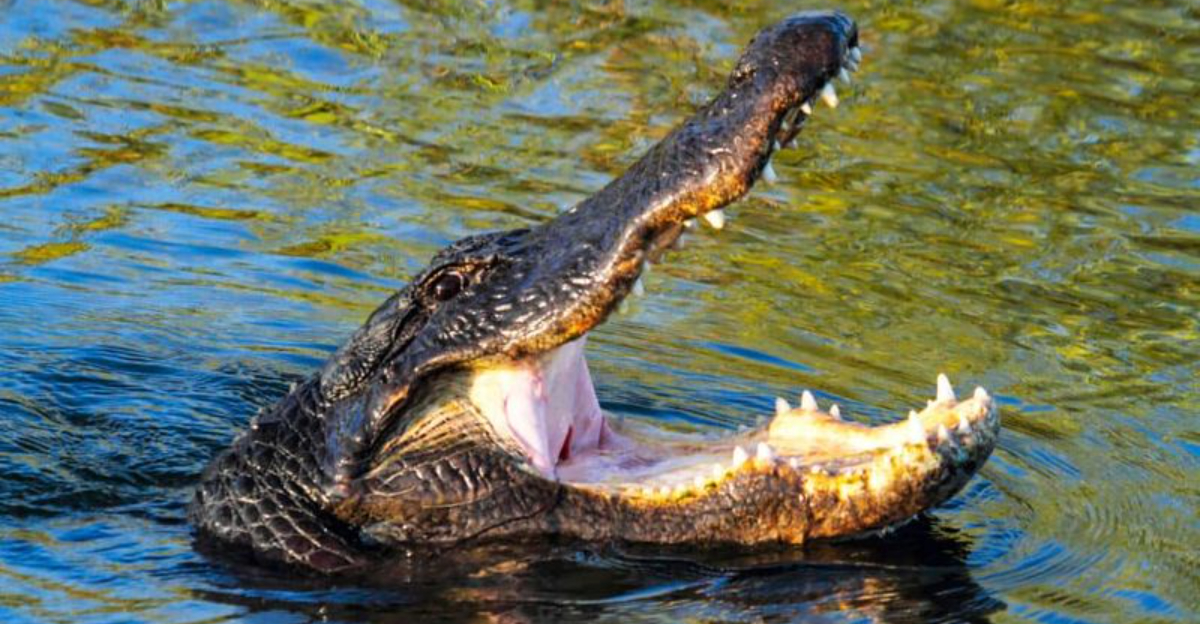
Alligators lurking in the muddy waters of the Mississippi River have long sparked both fear and fascination.
These prehistoric-looking reptiles with powerful jaws and armored bodies often appear in sensational news stories, but how dangerous are they really?
Many locals and tourists wonder if these creatures deserve their fearsome reputation or if Hollywood has exaggerated their threat. Let’s explore some surprising facts about Mississippi River alligators and their actual risk to humans.
1. Mississippi Alligators Are Smaller Than Their Florida Cousins
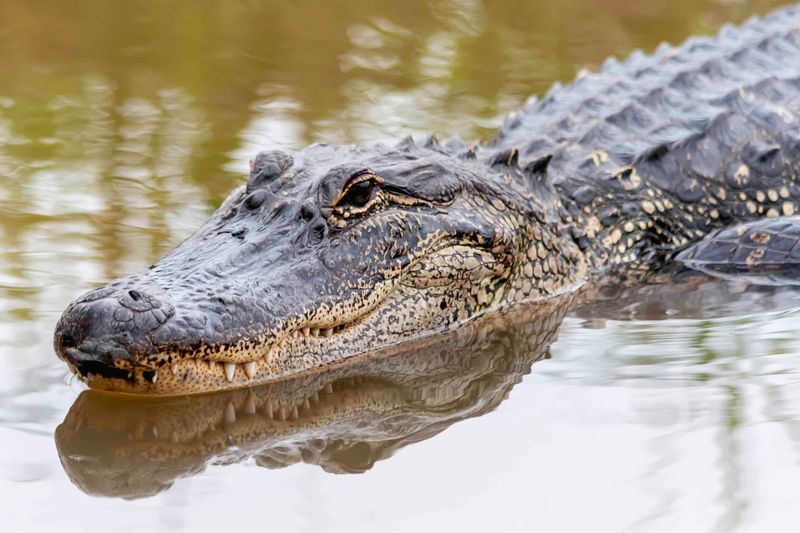
Female alligators in the Mississippi River typically reach only 8-9 feet, while males grow to about 10-12 feet – notably smaller than the Florida giants that can exceed 14 feet. This size difference matters when assessing danger levels.
The cooler climate along the northern reaches of the Mississippi River limits their growth potential. Smaller alligators generally pose less threat to humans simply because they can’t tackle large prey as easily.
That said, even a 9-foot alligator commands respect – those powerful jaws can still deliver a serious bite when provoked!
2. They’re Surprisingly Shy Around Humans
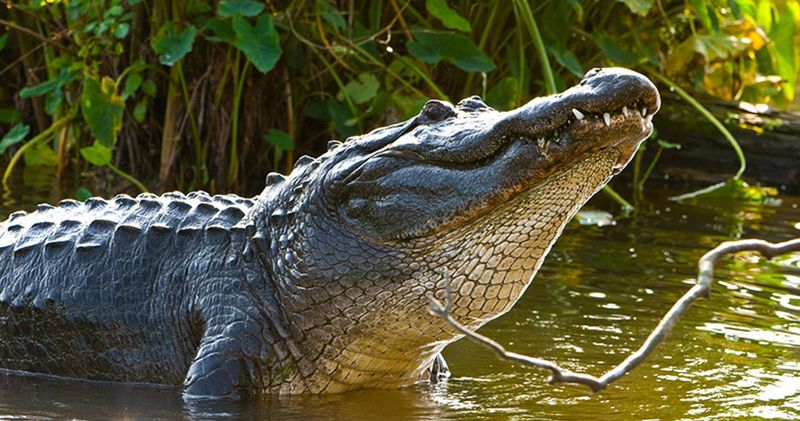
Despite their intimidating appearance, Mississippi River alligators typically retreat when they hear humans approaching. Their natural instinct isn’t to attack but to avoid potential threats – and yes, they consider us threats!
Wildlife researchers who study these reptiles often struggle to get close enough for observation. The splashing of a canoe paddle or the crunch of footsteps usually sends nearby gators sliding quietly underwater.
Most dangerous encounters happen when people surprise alligators or when the reptiles have been illegally fed and lose their natural wariness of humans.
3. Attacks on Humans Are Extremely Rare
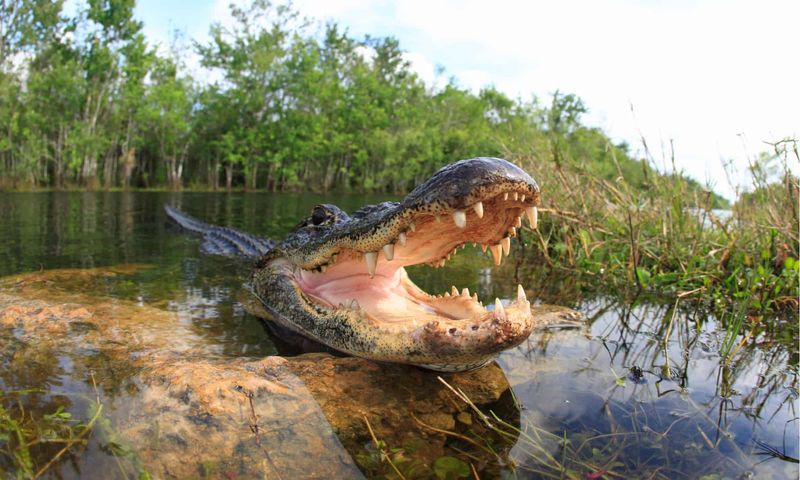
The statistics might surprise you – fatal alligator attacks along the entire Mississippi River system average less than one per decade. You’re literally more likely to be killed by a falling vending machine than by a Mississippi alligator!
Most recorded incidents involve people swimming at dusk (when alligators naturally feed) or attempting to handle the reptiles. The Mississippi Department of Wildlife keeps detailed records of all alligator-human encounters.
Between 1970 and 2022, only four documented fatal attacks occurred in the Mississippi River watershed – a remarkably low number considering how many people use these waters.
4. Mating Season Brings Increased Aggression
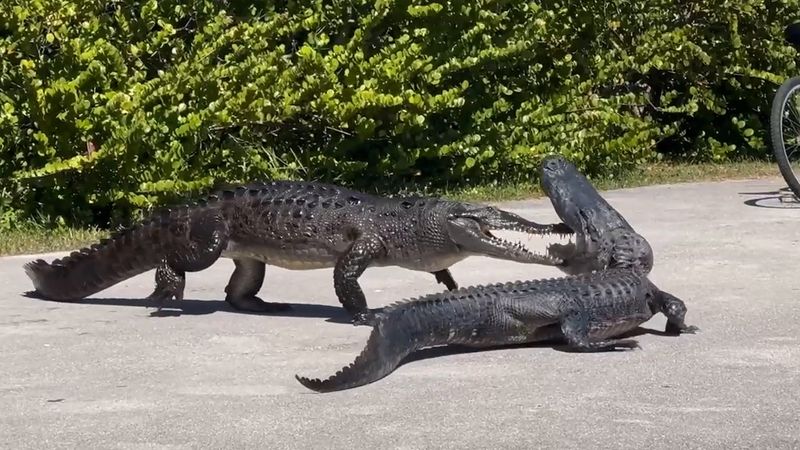
Mark your calendars – April through June is when alligators become most territorial. During these spring months, male alligators engage in fierce competition for mates and territory, making them significantly more aggressive than usual.
Boaters and fishermen report more frequent displays of dominance during this period. Males produce deep, bellowing roars that can be heard from considerable distances, and they may approach boats more boldly than at other times of year.
Wildlife officials recommend giving alligators extra space during mating season and avoiding areas where multiple large males have been spotted.
5. Mother Alligators Fiercely Protect Their Nests
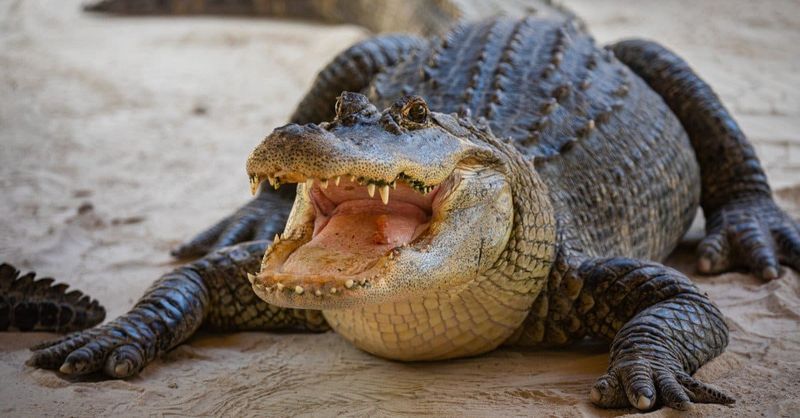
A mama alligator guarding her eggs transforms from shy reptile to fearsome protector. Female alligators build large mound nests using vegetation along riverbanks and will charge at anything – including humans – that approaches too closely.
These protective mothers remain near their nests throughout the 65-day incubation period. Their maternal instincts are so strong that wildlife researchers use extreme caution when studying nesting sites.
The good news? Nests are typically hidden in dense vegetation away from human traffic areas, and mothers usually give warning hisses before attacking, giving alert humans time to retreat.
6. They’re Actually Afraid Of Humans (Most Of The Time)
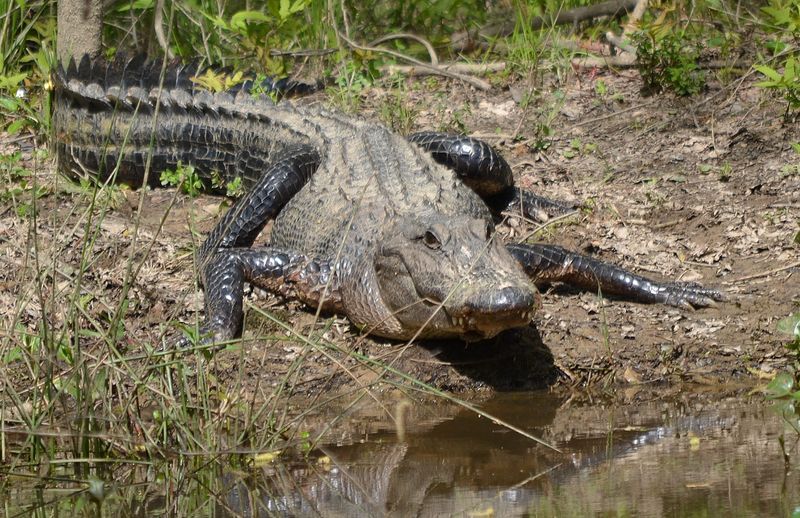
Centuries of being hunted have hardwired a healthy fear of humans into alligator instincts. Research shows their heart rates spike dramatically when they detect human presence – clear evidence of stress and fear responses.
Wildlife biologist Dr. Emma Richardson notes: “Alligators have excellent survival instincts. Their first response to humans is almost always avoidance rather than confrontation.”
This fear response explains why paddlers and boaters can travel Mississippi River backwaters for years without negative encounters, despite sharing waters with thousands of these prehistoric reptiles.
7. Feeding Alligators Creates Dangerous Situations
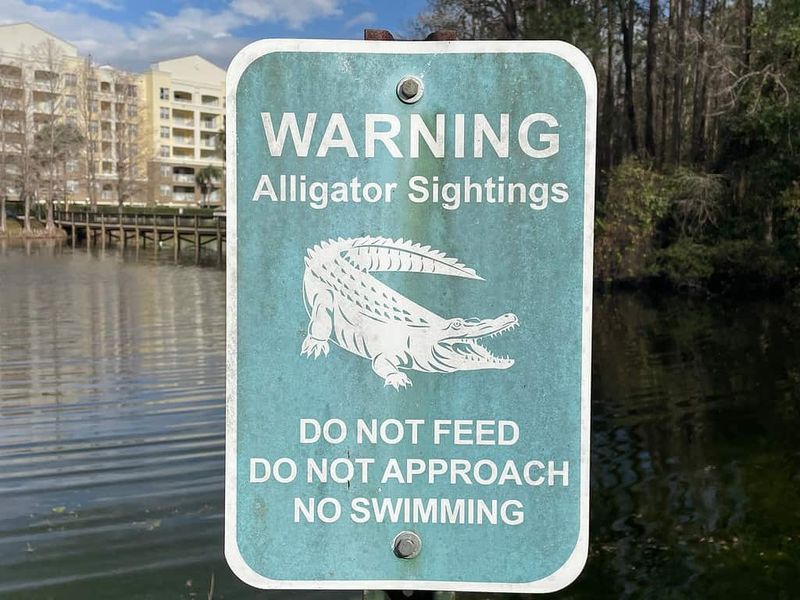
Nearly every serious alligator incident involves a reptile that humans have previously fed. This seemingly innocent activity destroys their natural wariness and creates dangerous associations between people and food.
Once an alligator learns to approach humans for handouts, it can’t distinguish between a person offering food and someone simply wading or swimming. Local wildlife authorities have strict penalties for feeding alligators – up to $5,000 in fines in some Mississippi River states.
The mantra among wildlife officials is simple: “A fed gator is a dead gator,” because problem animals often must be removed and euthanized.
8. They’re More Scared Of Dogs Than Humans
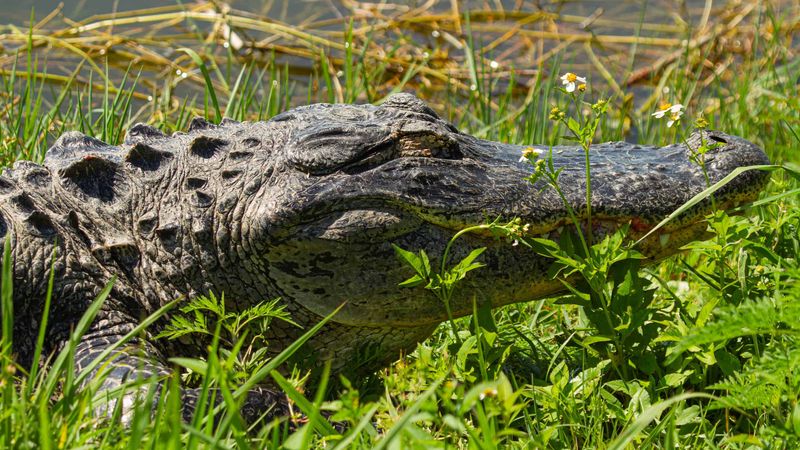
Alligators exhibit stronger fear responses to dogs than to humans, likely because wild canids like coyotes historically preyed on alligator eggs and hatchlings. This instinctive fear makes walking dogs near alligator habitats potentially risky – not for humans, but for the pets!
Small to medium-sized dogs particularly trigger predatory responses in larger alligators. Their size, movement patterns, and higher-pitched sounds match the alligator’s natural prey profile.
Wildlife officials recommend keeping dogs leashed and at least 10 feet from waterways in alligator country – solid advice that protects both your furry friend and respects the alligator’s space.
9. Cold Weather Makes Them Sluggish And Less Dangerous
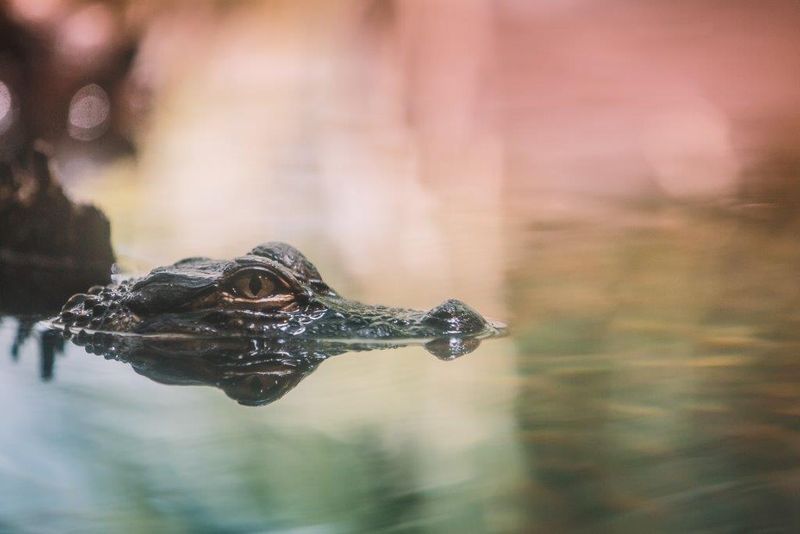
Winter brings a natural safety buffer as Mississippi River alligators become increasingly lethargic when temperatures drop below 70°F. During colder months, their metabolism slows dramatically, reducing both their food requirements and aggressive tendencies.
When water temperatures fall below 55°F, they enter a semi-dormant state called brumation. They’ll still occasionally surface to breathe but rarely feed or display territorial behaviors.
January and February are statistically the safest months for water activities in alligator territory, though the chilly water temperatures create their own safety concerns for humans!
10. They’re Actually Beneficial To River Ecosystems
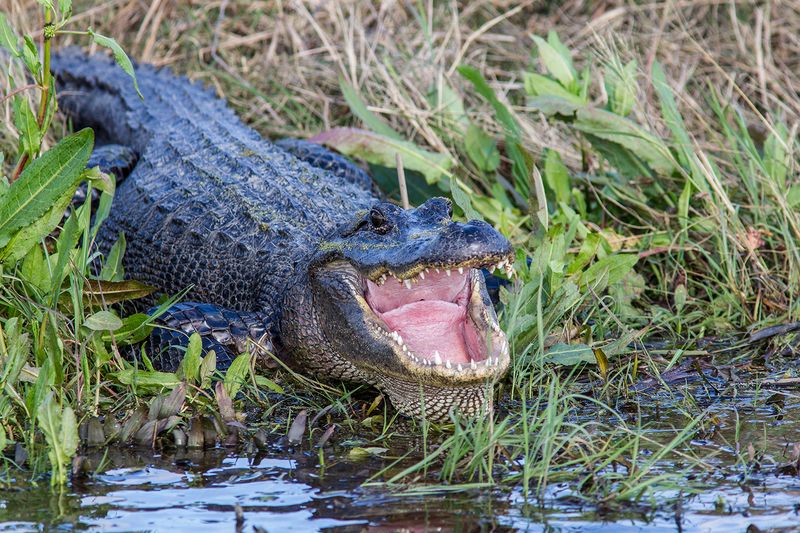
Far from being mere threats, alligators serve as crucial ecosystem engineers. Their nesting activities create clearings in dense vegetation that benefit countless other species. The depressions they dig become microhabitats for fish, amphibians, and aquatic plants.
As apex predators, they control populations of invasive species like nutria and silver carp that damage Mississippi River habitats. Wildlife ecologist Dr. James Thornton explains, “Remove alligators, and the entire wetland ecosystem suffers measurable biodiversity decline.”
Even their droppings play a vital role, returning nutrients to the water and supporting the base of the food chain.
11. They Have Remarkable Navigation Abilities
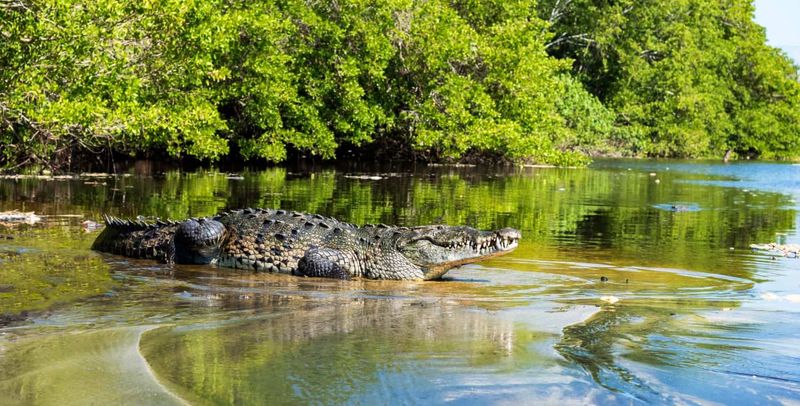
Alligators possess an uncanny ability to find their way home even when relocated miles away. Research tracking displaced Mississippi River alligators shows they can navigate back to their original territory from distances exceeding 15 miles!
Scientists believe they use a combination of celestial navigation, magnetic field detection, and memorized landscape features. This homing instinct explains why simply moving “problem alligators” rarely works as a management strategy.
Their navigation skills also help during seasonal shifts between deeper river channels and shallow backwaters as water levels change – allowing them to adapt to the Mississippi’s constantly changing environment.
12. You Can Safely Observe Them (If You Follow The Rules)
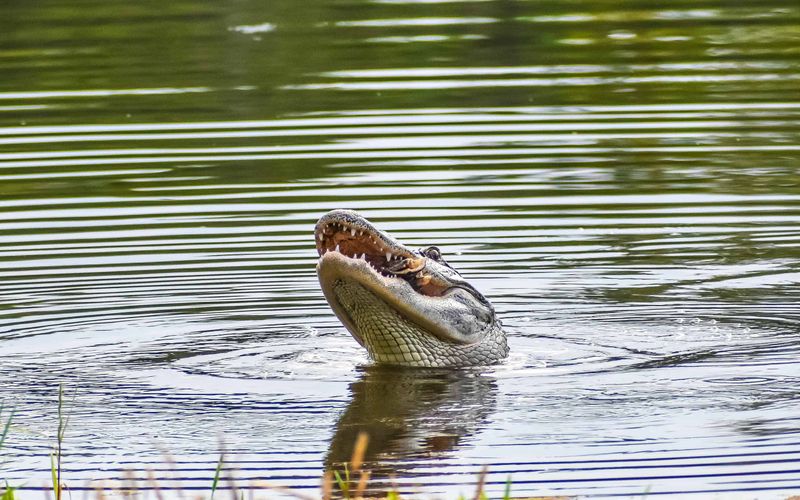
Watching Mississippi River alligators can be completely safe if you maintain proper distance – experts recommend staying at least 30 feet away. Binoculars or zoom lenses let you observe their fascinating behaviors without entering their comfort zone.
Never approach alligators directly or corner them against shorelines. Remain on elevated boardwalks or in boats when possible, as alligators are less likely to feel threatened by humans at different levels.
Dawn and dusk offer prime viewing opportunities when they’re most active. Several wildlife refuges along the Mississippi offer guided alligator tours with experienced naturalists who know safe observation techniques.





